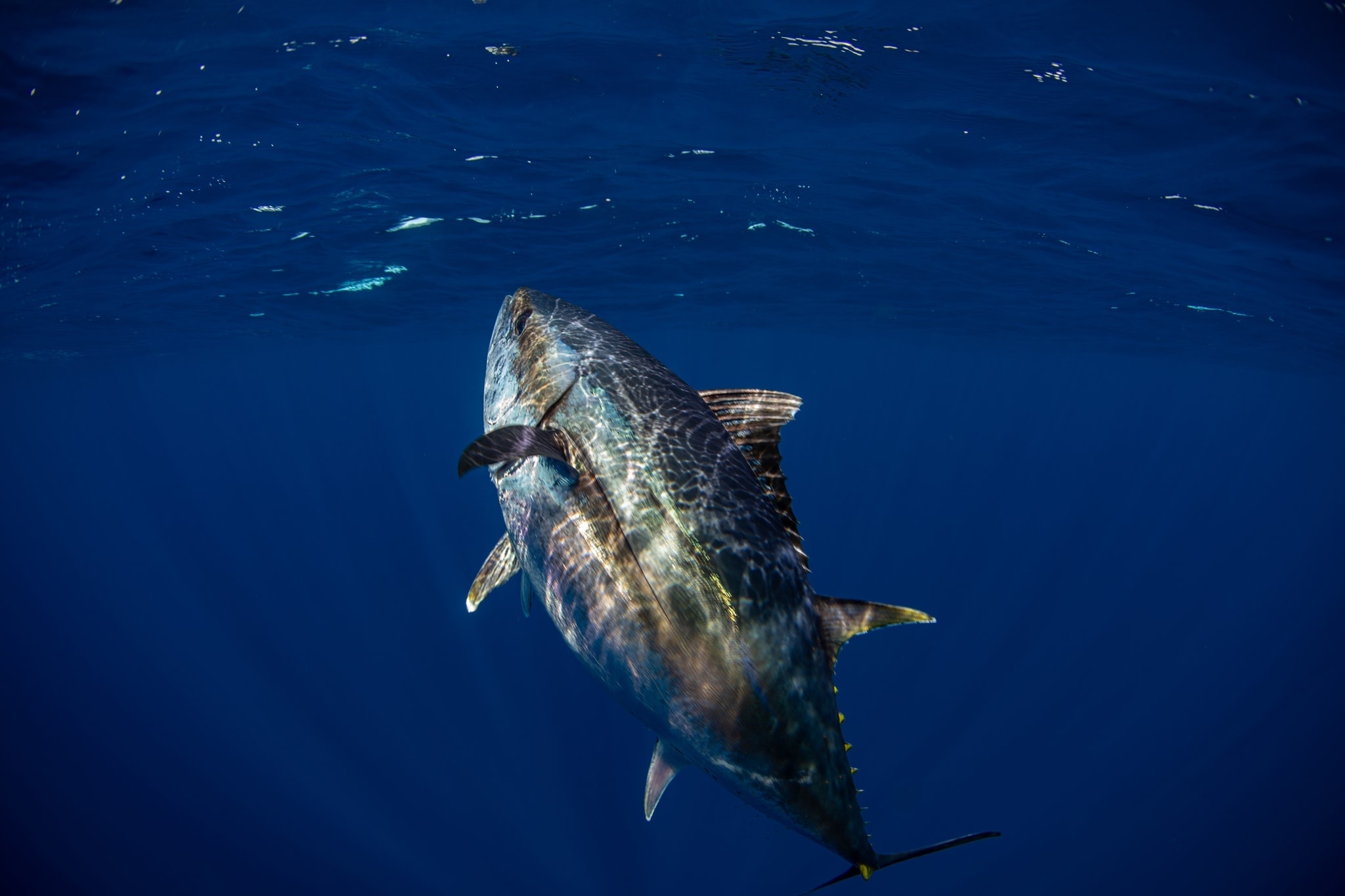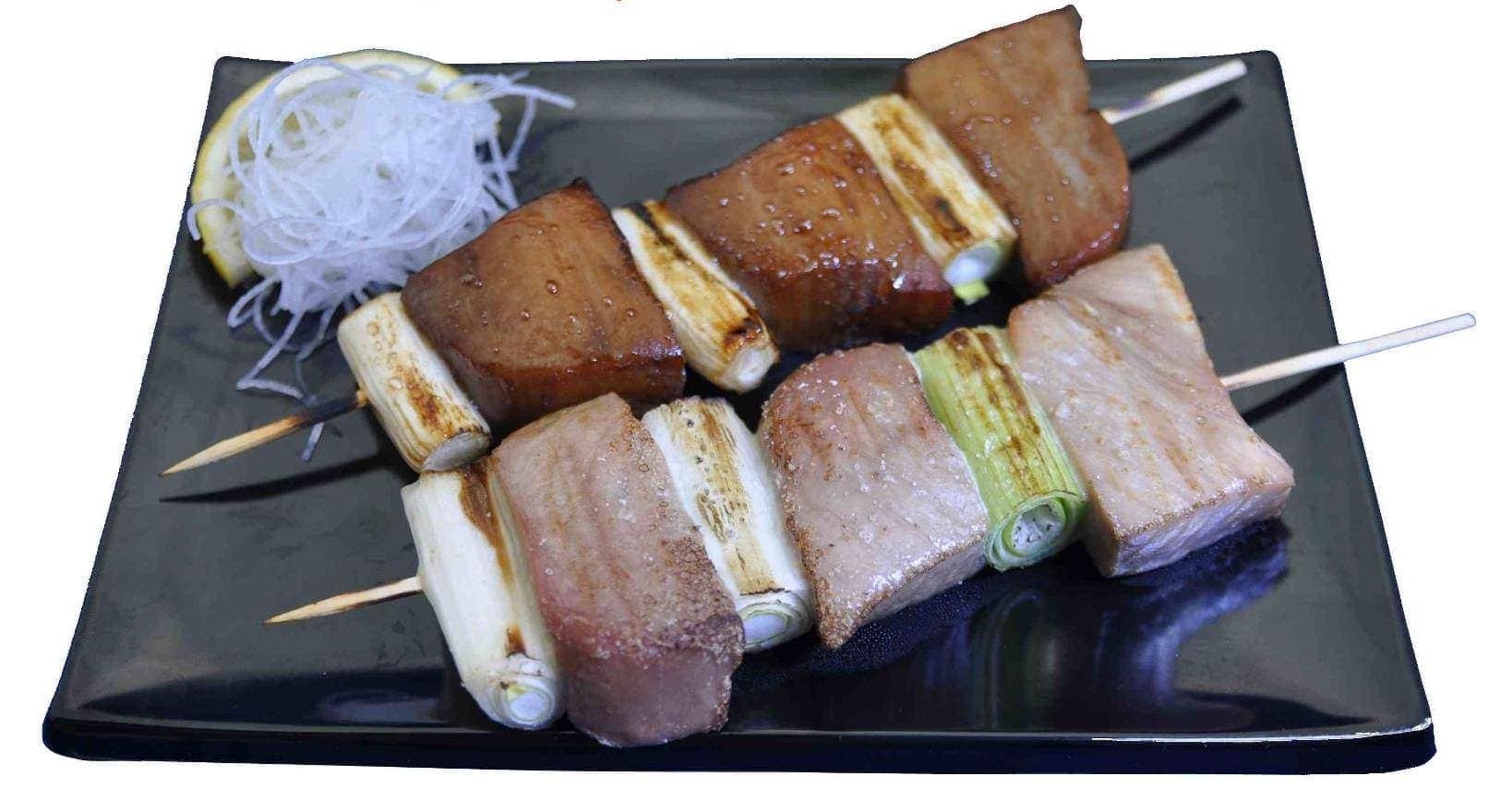Global experts developing roadmap to add value to wild-caught Australian tuna
Tuna Australia has engaged seafood consulting firm SmartAqua to develop a roadmap for value-added products to support new domestic and export markets for the tuna longline industry.
The work is being led by managing director Alastair Smart and head of South-East Asia operations Alistair Douglas, bringing many years of experience spanning local and global seafood markets.
“Smart has worked for over 24 years with different aquaculture species—including Southern bluefin tuna, Atlantic salmon, yellowtail, barramundi and rainbow trout—and across different aspects of the farming process,” said David Ellis, Tuna Australia CEO.
“Douglas brings over 20 years of experience within the seafood industry as a researcher, auditor, consultant and trader/owner through Seafood Services Japan and Transaqua UK with a strong focus on tuna.”

Wild-caught Australian tuna is a premium product. Photo by Al McGlashan.
Innovative products
The roadmap is being developed as part of the Queensland Government’s Market Diversification and Resilience Grant Program.
It will look at the “feasibility of different value-added options for our wild-caught tuna,” Douglas told Tuna Australia.
The roadmap will explore innovative product forms, markets and distribution channels to maximise market returns.
“We have the opportunity to develop a range of innovative products supported with stories that describe how the fish ended up on the plate,” said Douglas, who also runs the FishCoin Project, a traceability system for the global seafood system, with Smart.
“For instance, when producers land significant volumes of A-grade tuna, we will be investigating modified atmosphere packaging options to extend supply over a greater period until the next pulse of tuna arrives from the fishing grounds.
We’ll explore “meal-ready” options readily available for sale to domestic consumers such as ready-made poke bowls.
“With distribution, instead of tuna travelling through the wholesale supply chain, we need to examine getting it more consumer-ready closer to the producers and find better retail channels,” he said.

A bowl of rice (donburi in Japanese) topped with tuna. Photo by Alistair Douglas.
The complex flavour profile of tuna presents another marketing opportunity, said Douglas.
“Research in Oregon showed the flavour profiles of Albacore tuna peaked during migration to the coastal waters where they feed on sardines and anchovies of upwellings.
“Similarly, do we have populations of tuna within Australian waters with a unique flavour profile that we can age that will have great appeal to a high-end market?”
‘A great opportunity’
Targeting a “mixed basket of markets” within Australia and overseas can help tuna producers build resilience and reduce their exposure to market risks, Smart told Tuna Australia.
“If producers are solely reliant on one export market channel and the planes stop flying, like what’s happened with the COVID pandemic, then producers are stuck. Or if an economy recedes, then producers are also in trouble,” said Smart, who also runs sustainable seafood trading firm Eachmile Technologies with Douglas.
“With the Queensland Government throwing its support behind this work, now is an opportune time to understand the best value-added options and get domestic markets established.”

Tuna can be cooked in many ways. Photo by Alistair Douglas.
The domestic market is seen as a huge growth opportunity for Australian tuna producers, which are largely export-focused, said Smart.
There’s a great opportunity to get some of these products from our waters into our local coastal fishing communities, and Australia as a whole, and at an appropriate price point.”
The roadmap will be developed in partnership with tuna producers.
“Producers have a range of ideas about what’s the best idea to go forward. We’ll be investigating these ideas, and drawing on concepts from around the globe to work out the best fit for Australian tuna producers,” said Smart.
Once complete, the roadmap will be formally presented to Tuna Australia board members towards the end of 2020.